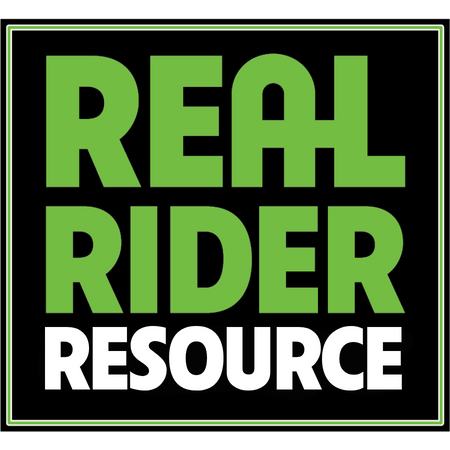
Carry the Load: Post‑Haul Recovery for Your Horse’s Legs & Back | Draw It Out®
After the road, the real job begins: recovery. Your horse just hauled miles or carried weight — now it’s about flushing fatigue, resettin...

Understanding Your Horse's Body Language: Decoding Equine Communication
Introduction:
Horses are magnificent creatures with a rich and complex language of their own. While they may not communicate through words like humans do, their bodies speak volumes. Understanding your horse's body language is crucial for building a strong bond, ensuring their well-being, and enhancing your equestrian partnership. In this in-depth article, we delve into the intricacies of equine body language, equipping you with the knowledge to interpret your horse's cues effectively.
Section 1: The Language of Ears (400 words)
Horses' ears are incredibly expressive and provide valuable insights into their emotional state. The positioning and movement of their ears can reveal a wide range of emotions and intentions. Erect and attentive ears indicate interest and focus, while pinned-back ears often signal aggression or discomfort. Half-alert ears may suggest that the horse is curious or unsure about something. Swiveling ears demonstrate the horse's ability to direct its attention to various stimuli. Understanding the nuances of ear positions and movements will help you gauge your horse's mood and respond accordingly.
Section 2: Eyes as Windows to the Soul (400 words)
The equine eye is not only a captivating feature but also a window into their emotions. A soft, relaxed eye indicates contentment, while a wide-eyed, tense expression may reflect fear or anxiety. Dilated pupils often accompany excitement or stress. Squinting or partially closed eyes can convey relaxation or discomfort. Blinking patterns can also offer valuable insights into your horse's state of mind. By closely observing your horse's eyes, you can gain a deeper understanding of their emotional well-being.
Section 3: The Power of Body Posture (500 words)
Horses communicate extensively through their body posture, utilizing various stances to convey different messages. A relaxed, weight-shifting stance suggests calmness, while a stiff and rigid posture signifies tension or unease. A lowered head often indicates relaxation, whereas a raised head with ears forward suggests alertness. The position of the neck, back, and legs can also reveal important information about your horse's physical and emotional state. By paying attention to your horse's overall body posture, you can accurately interpret their messages and respond appropriately.
Section 4: The Tale of the Tail (500 words)
The position and movement of a horse's tail are additional key indicators of their state of mind. A relaxed and gently swaying tail generally reflects a calm horse, while a clamped or tucked tail may suggest discomfort or fear. Vigorous tail flicking or wringing can indicate irritation or frustration. The height at which the tail is carried can also provide valuable clues about the horse's emotional well-being. By observing your horse's tail, you can gain insights into their level of relaxation and overall emotional state.
Section 5: Vocalizations and Facial Expressions (500 words)
While horses are generally silent animals, they do have vocalizations that convey certain messages. Snorts, whinnies, and nickerings are common vocal expressions used for communication. Each of these vocalizations carries its own meaning and can signify different emotions or needs. Equine facial expressions, such as a wrinkled muzzle or bared teeth, can also offer insights into their emotional state. Familiarizing yourself with these vocalizations and expressions will help you better understand your horse's needs and emotions.
Section 6: Individual Variations (500 words)
It is important to note that each horse has its own unique personality and body language preferences. Some horses may be more expressive or vocal than others, and it is essential to consider their individuality when interpreting their cues. Spending quality time with your horse, developing a strong bond, and observing their behavior patterns will enable you to become attuned to their specific body language. Understanding your horse as an individual will enhance your ability to communicate effectively and strengthen your partnership.
Conclusion:
Understanding your horse's body language is a fundamental aspect of horsemanship and an essential tool for effective communication. By observing their ears, eyes, body posture, tail, vocalizations, and facial expressions, you can decipher their emotions, needs, and level of comfort. This knowledge will not only help you build a deeper connection with your horse but also ensure their well-being and enhance your equestrian journey. Remember, the more you invest in learning their language, the stronger your equine partnership will become.

After the road, the real job begins: recovery. Your horse just hauled miles or carried weight — now it’s about flushing fatigue, resettin...

A calm, repeatable 10-minute routine for seniors: quick feel check, cool-leg liniment pass (no tingle), gentle stretches, and skin suppor...

Standing stalls, long hauls, or cold weather can cause swelling — but it doesn’t have to slow your horse down. With the right care routin...
!